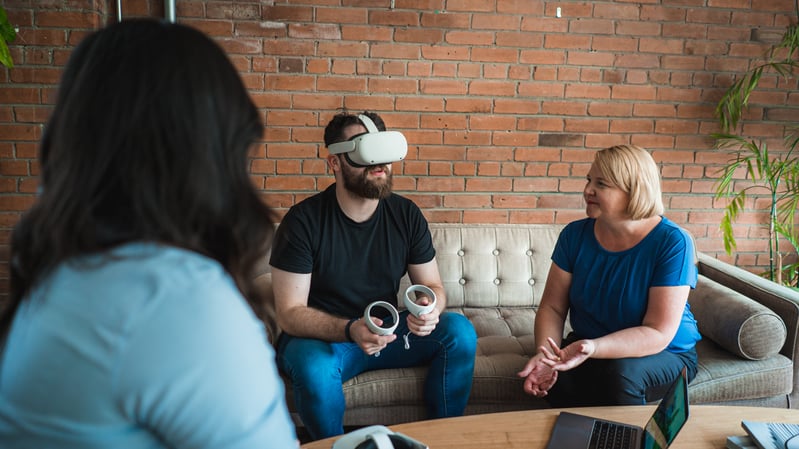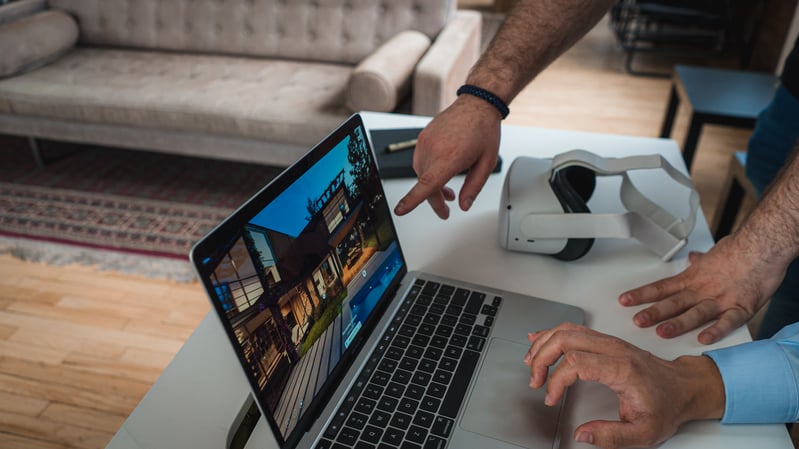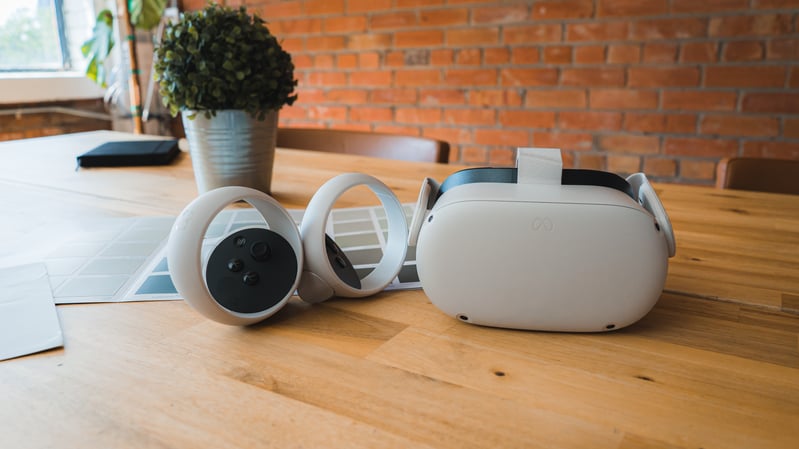Whether you’re a fresh graduate from architecture school, a designer working at a large firm, or someone looking to branch out and sell their own architectural services, one skill that every designer needs to master is how to create a great pitch. While working at a large firm offers the freedom and flexibility to solely focus on the design, learning the ins and outs of an outstanding pitch and building on your pitch proficiency is an important step, especially if you aspire to later branch out and start your very own architecture firm.
However, knowing how to present and sell an architectural design isn’t always easy, particularly if you’re competing against other talented designers and established firms. With just one shot to convince your clients why they should choose to work with you and your team, it’s critical to use your time wisely to communicate and paint your visual story efficiently and effectively.
Here are 5 tips you need to consider when pitching architectural designs.

1. Show Don’t Tell
Firstly, although your pitch will involve a lot of talking, remember to be cognizant of the language you’re using and that you’re not talking too much. Most of your clients will not understand the specifics of architectural design. Whether it be deciphering floor plans, line drawings, or even 2D renderings, many will struggle with understanding how each piece fits spatially and envisioning the design you have in mind. Speaking paragraphs of technical jargon will quickly dissolve any curiosity and attentiveness they reserved for you and your team. And since architecture relies so heavily on visual communication, showing rather than telling will be a far more effective use of your limited pitching time.
Investigate any tool(s) that can aid you in bridging the knowledge gap and helping your clients visualize your design story with greater fidelity. Having your clients understand how exactly your design speaks to their desires, needs and concerns could be the difference between landing the project or missing out on the opportunity. By showing rather than telling, you can help your clients grasp your design in the way that makes the most sense to them.

2. Preparation
While this should go without saying, you must be fully prepared and ready to go for your pitch. You would be surprised at how many people will try to wing it only to experience the consequence of their lack of planning. The saying “practice makes perfect” holds true when it comes to pitching, but it’s also important to know that preparation gives you greater freedom.
You only have a time slot to prove your design is exactly what your client is looking for, and when you know your design and pitch like the back of your hand, you can stay honed into your core visual story while leaving room to improvise any details that are specific to your clients and will speak to them on a personal level.
However, besides the pitch itself, there are a few more practical steps you need to take when preparing for your presentation. Especially if you need to supply your own technology, use their computer/monitor setup, or even if this detail is unclear, here are some tips you should consider before walking into your pitch:
- Prepare all necessary models or images in a binder or individual folders
- Ensure you have a stable internet connection or bring your mobile internet device
- If you are presenting via video conferencing, make sure your background is plain to lessen distractions
- Open all necessary tabs for your presentation and close all other windows
- Close and turn off all social media accounts or any applications that may make noise during your presentation
- Upload a copy of your pitch onto a USB drive or print out a hard copy in case of any technical difficulties

3. Interact and Engagement
Whether you’re pitching in-person or remotely, there are endless opportunities to make your presentation more interactive and engaging. Inviting your clients to participate during your pitch helps captivate and retain their attention while simultaneously making your presentation more memorable. There’s a reason why teachers will call upon a student to answer a question or give their insight on a topic. Active participation reinvigorates attention, and it is this reignited awareness that will lead to your clients understanding your design much better or ask more well-informed clarifying questions about your project.
Tap into other ways to stimulate conversation and attentiveness to make the most out of your time limit and make your pitch much more memorable.

4. Highlight Every Element of Design
While aesthetics and visually stunning designs can be attractive and alluring, beauty can oftentimes distract the viewer and hide aspects of a less-than-mediocre concept. This isn’t to encourage designers to glaze over or play down their work in creating an exceptionally impressive space. Rather, spend time highlighting the practical aspects of your design and how you and your team were able to marry aesthetics with functionality.
For example, in this day and age, environmentally conscious design and efforts have become a top priority for companies looking to reduce their carbon footprint. In your pitch, walk your clients through how your design is energy-efficient and how this will help them save on costs down the road while answering their eco-conscious needs. Further highlight any eco-friendly materials you may be using, like panels made from recycled plastic or locally manufactured flooring solutions. Showcasing the practicality of your design in conjunction with how your team was able to make it visually stunning is a step you need when pitching architectural designs.

5. Utilize Immersive Technologies
And finally, you can do all the tips we have shared above with the help of immersive technologies like virtual reality (VR). While VR has notable applications in the entertainment industry and in skills development, designers can use the power of immersion to tell their visual stories in an exciting yet effective way.
VR is far superior to plans and far more realistic than 2D images. When it comes to viewing spaces in VR, 12 feet will look and feel like 12 feet. Since your clients will be transported into your design, they will be able to explore, understand, and feel your project’s full size and scale about them. Plus, VR is a natural fit for architectural pitches, allowing designers to showcase something that doesn’t exist yet, something that exists but is a long way from completion, or something that is too large, impractical, or expensive to model. With VR, you can build out, showcase, and guide your clients through a virtual walkthrough of your proposed space, helping them make the decision quicker whether your solution is what they’re looking for or not.
As the ultimate “show rather than tell” tool, VR allows you to highlight all aspects of your designs engagingly and interactively. By helping you take your pitches to the next level and stand out from your competitors, the medium of VR is a logical fit for your next design pitch.
We hope that these tips were able to give you greater guidance with pitching architectural designs to your clients. If you’re looking for more resources to help you better prepare for using VR in your next pitch, download our free resource on using VR for architectural solutions. For more information on how to create your first VR design, click here for our guide.
Blog Updated April 2024







